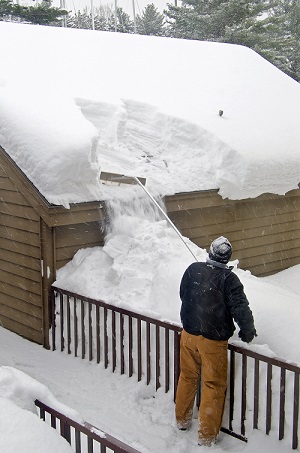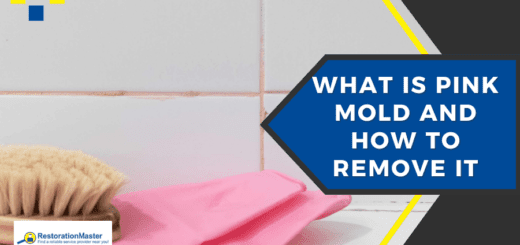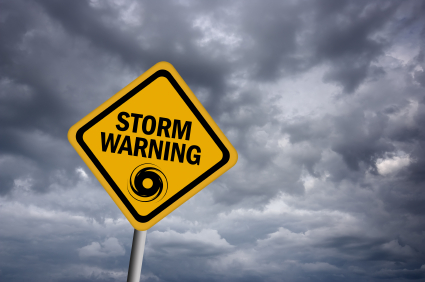How the Water Damage Source Affects its Impact
Leaks, backups, and other sources in which water can enter your home are all damaging, but none are exactly alike. Discovering where the water comes from determines the impact it will have on your property. Determining the category of water damage you are experiencing helps determine the extent of restorationRestoration is the process of returning a property to its pr... More services needed.
The IICRC’s S-500 Standard and Reference Guide for Professional Water Damage Restoration defines water in three categories based on the level of contaminationContamination is the presence of harmful or unwanted substan... More.
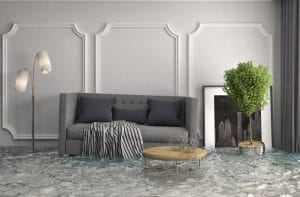
Category One
Category one water, or “clean water” is a source that doesn’t pose a threat to people. Examples include burst pipes, broken water supply lines, or bathtub or sink overflows, and appliance malfunctions.
Category Two
Category two water, or “grey water” is a source that can cause sickness or discomfort when consumed because it contains physical, biological, or chemical contaminants. Examples include sump pumpA sump pump is a pump installed in a basement or crawlspace ... More failures, discharge from washing machines or dishwashers, and toilet bowls with urine.
Category Three
Category three water, or “black water” is a source that causes severe sickness or discomfort when consumed because it contains harmful fungiFungi are a group of organisms, including mold, mildew, and ... More and bacteria. This category of water is often considered unsanitary and contaminated. Examples include toilet backups with feces, sewageSewage is wastewater containing biological and chemical cont... More, standing water, and rising water from nearby streams or rivers.
Damaging Effects
MoldMold is a type of fungus that grows in damp or humid conditi... More and fungiFungi are a group of organisms, including mold, mildew, and ... More growth on your property is a common and unsanitary consequence of water damage. MoldMold is a type of fungus that grows in damp or humid conditi... More sporesSpores are microscopic reproductive units of fungi or mold t... More are always present in the air and they can be hazardous to your health when ingested. In dry areas, sporesSpores are microscopic reproductive units of fungi or mold t... More remain dormant, but once excess moisture arrives in the home, they will use it to grow into a moldMold is a type of fungus that grows in damp or humid conditi... More infestation.
MoldMold is a type of fungus that grows in damp or humid conditi... More sporesSpores are microscopic reproductive units of fungi or mold t... More need only moisture and a food source to grow, which is why mold growth is such a common side effect of water damage. It eats away at affected areas, like wood and drywall, weakening the structureStructure refers to the framework or components of a buildin... More of the building, and triggers allergies in people frequently exposed to it.
MoldMold is a type of fungus that grows in damp or humid conditi... More can cause aesthetic problems to the home, such as streaks, discoloration, and staining on the walls. Drywall and other surfaces swell and warp when they absorb excess water and may create a large hole in the wall. Exposure to moldMold is a type of fungus that grows in damp or humid conditi... More can cause health effects, such as coughing, nasal congestion, sneezing fits, and difficulty breathing. Frequent exposure can cause respiratory infections, especially in young children, the elderly, and people with weak immune systems.
Preventative Measures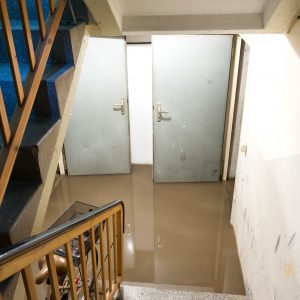
There are many different options to help you prevent excess water from entering your property. It is important to perform preventative measures on your home because it will save you money, time, and stress during a flood, heavy storm, or a broken appliance.
The best ways to prevent water damage include:
- Check exterior siding to prevent water leaks from worn out or faulty siding. Wood siding easily warps and rots, so installing vinylVinyl is a durable synthetic plastic material commonly used ... More siding is a good idea.
- Check for interior leaks to avoid moldMold is a type of fungus that grows in damp or humid conditi... More, mildewMildew is a type of fungus that grows on damp surfaces, typi... More, and pests. Check for stains on the walls or ceilings, dark spots under pipes, and dripping water. If your roof or windows are leaking, it is important to replace them
- Maintain proper drainage to prevent uneven settling, cracks, and other things that weaken the foundation of your home. Install gutters that function properly and clean them regularly. Make sure your yard slopes downward so the water flows away from your property.
- Test sump pumpA sump pump is a pump installed in a basement or crawlspace ... More because it is a great tool for fighting against water damage. Test your sump pumpA sump pump is a pump installed in a basement or crawlspace ... More routinely to make sure it’s working and if not, replace it.
Contact Us
Before you begin the water mitigation process, consider the source of the damage and how much contaminationContamination is the presence of harmful or unwanted substan... More is present in the water. This helps determine the extent of the water extraction needed and how the property is cleaned and restored. If you are experiencing category three water damage, affected surfaces and materials may need to be replaced rather than restored.
Your safety and health are your priorities when encountering water damage, so avoid standing water and unplug electronics. Do not attempt to perform water mitigation yourself and if you have category two or three water damage, stay out of the water completely. You will likely need professional water damage restoration services for proper water extraction.










